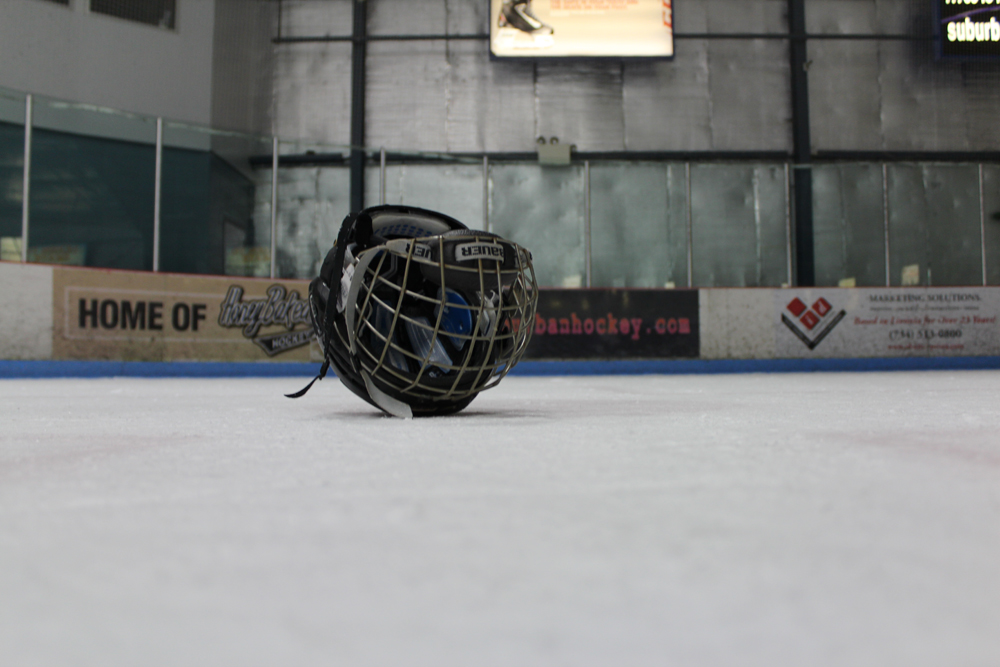CDC releases concerning report on concussions, how they’re handled
By @StefanKubus –
The Centers for Disease Control and Prevention recently released a report on the state of concussions in young athletes and how the culture surrounding the injury can be changed.
Alarmingly, in a study of 150 young patients seen in an emergency department for concussion, 39-percent reported returning to play on the same day as the concussion. Additionally, more than half (58-percent) returned to play without medical clearance.
Moving up the ranks, another study was conducted, this time with a group of nearly 800 high school athletes during the course of the season. Sixty-nine percent of athletes with a potential concussion played with concussion symptoms. Forty-percent of those athletes said their coaches were unaware they experienced concussion symptoms.
In a separate high school study, 50 female and male athletes were asked what they would do if they thought they had a concussion.
The most common response?
“I would keep playing and see how I felt,” or “I would take a little break and return to play.”
None said that they would stop playing entirely if they experienced concussion symptoms.
When it comes to coaches, a group of 314 were asked if they would remove an athlete from play during different scenarios. When the importance of the game or event was not included, 92-percent of coaches said they would remove the athlete from play. But when the scenario included a championship game, 17 to 20-percent of coaches indicated they would allow a concussed athlete to continue playing.
In addition to the statistics, the CDC stressed the importance of building a strong communicational foundation between parents, coaches, doctors and athletes to ensure the safety of the athlete is put first and to also encourage athletes to speak up if they feel they may have a concussion.
The organization also offers free “Heads Up” materials on their website for coaches, parents and athletes to educate and also help keep players safe when it comes to concussions and their treatment. To check out more of the report, click here.
MORE: How to handle concussions the right way | MAHA adopts new concussion management program


